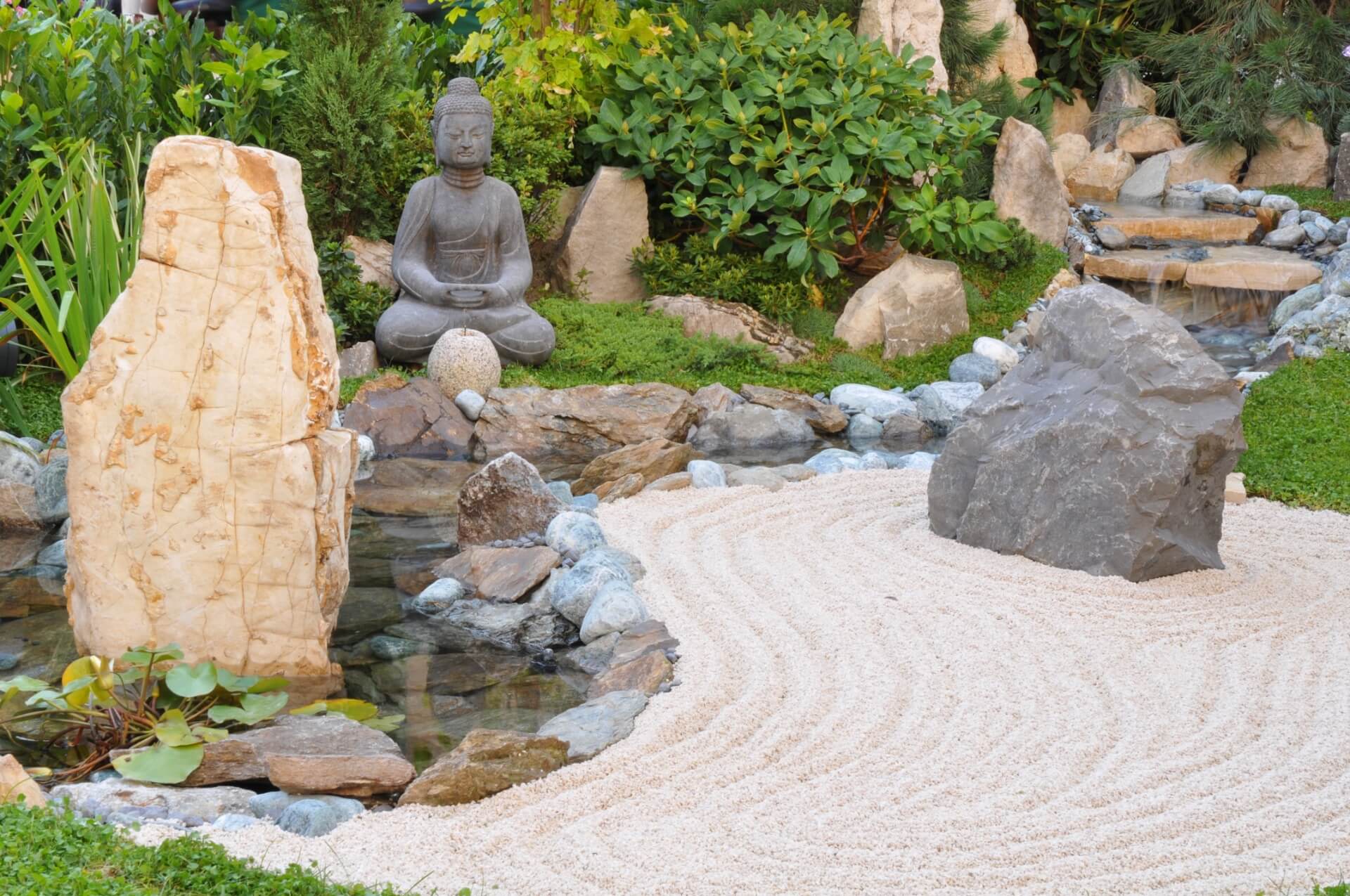Ten rockery ideas for small gardens


There are countless ideas to choose from when it comes to creating a compact rock garden, but here is some inspiration to get your thoughts growing as fast as your plants will do.
1.
Rock gardens do not have to be grand affairs. You can make use of a small bank in your garden, for example. Just ensure that there is good drainage and an aerated substrate that can cope with the long-searching roots that are a feature of rockery plants.
2.
Use a concrete or stone trough or large pot. You really don’t need a massive amount of space at all. You could even use an old sink or bath. Let your imagination run wild!
3.
If you live near the beach, or just yearn to be near the sea, use coastal plants to create a small garden rockery with a theme. Plants that thrive in coastal areas are also tough, offering a hardiness that is perfect for rock gardens, as well as a mass of colours, textures and movement. Just make sure that you find a sunny spot for your rockery stones and plants when planning out the design for your small space.
Sea thrift is a great plant choice for small rockeries. It has jolly pom-pom pink or white flowers sitting atop clumps of evergreen leaves. It can also spread and create dense mats, making it perfect to sit at the front of a small display.
A nice compliment to Sea thrift, otherwise known as armeria maritima, is ‘Elija Blue’, or festuca glauca. This is an ornamental grass that is nice and compact, making it suitable for small gardens, whilst offering striking blueish tufty evergreen foliage.
4.
Make the most of creeping sedum, which is the perfect choice for small rockeries. They are known as ‘stonecrops’, because of their ability to fill in gaps between your rockery stones and rocks, and offer blanket-like coverage that could form a great part of your plans when looking to buy rockery stone and create your small rock garden.

5.
A Japanese-style small rock garden is an ideal choice for more compact outside spaces. Think about creating a simple arrangement of larger rocks, such as large Norwegian Granite Boulders. These symbolise islands or mountains and can be surrounded by gravel or smaller stones, like Coral Twist & Polar Mist Rockery. If you use gravel, you can rake it into patterns as a representation of water.
To continue the traditional look of this sort of garden, let moss grow on rock surfaces and in cracks. As well as cutting down on maintenance, this will create a really authentic aesthetic and add a natural feel to what can otherwise be quite a structural design.
6.
Go blooming bold! Your rock garden doesn’t have to be big to be beautiful and it doesn’t need to be subtle either. Bold blooms can make a big impact in a small space. Think about layering plants to create a vibrant pallet. Saxifrages are great for adding bright reds, pinks and whites for a string effect.
Bulbs can also be a great choice for a well-drained rockery. Hyacinths, for example, could produce stunning lilac blooms to your rock garden, as well as providing cuttings if you want them too.
7.
The rockery stones you choose are extremely important when creating your rockery design but you may want to soften their appearance, especially if they dominate a small space. Stachys are ideal at adding a softer element when planting around your rockery stone. Stachys byzantia, known as ‘lamb’s ears', have lovely, soft, silvery leaves that create a striking textural contrast with rocks and stones. Some varieties also offer purple or pink blooms over the spring and summer.
8.
You don’t need a massive rockery to add a waterfall and enjoy all the peaceful tranquillity that this can provide. Arrange your rockery stones into a step-like formation and set up a water source to gently trickle down and create the soothing sounds and movement that make water features such a popular choice.
9.
If space is short in your garden, why not make double use of your rockery and use it to grow herbs that you can eat? Mediterranean herbs are especially suited to sunny, well-drained rockeries. Another way to double up on space is to use your rock garden to shelter a seating area. Create a sheltered zone by building a rock garden wall.
10.
If you’re short on horizontal space, don’t be afraid to plant vertically. The RHS advises you to add plants as you create your rockery, making it easy to spread out the roots and decorate more than just the top-facing areas of your rock garden.








